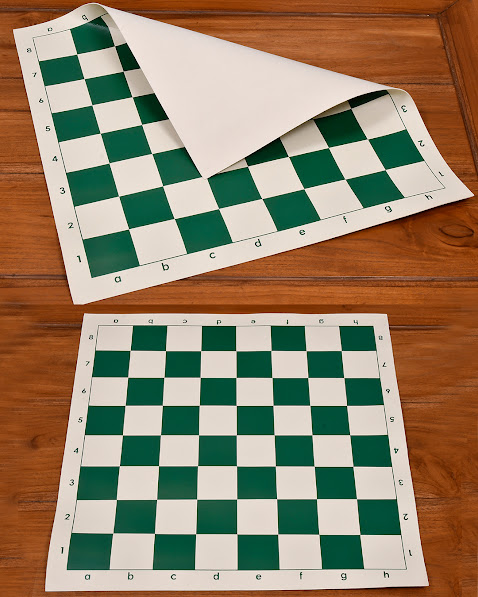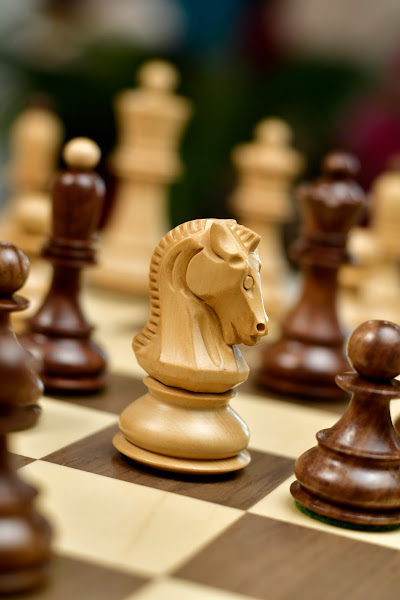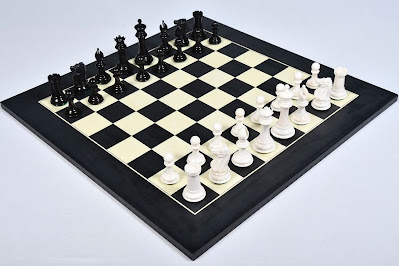Why tournament chess board are in green and white?
Tournament chess boards are traditionally green and white for several practical and historical reasons. The green squares provide a soothing and visually appealing background for the chess pieces, reducing eye strain during extended matches. White is the most common color for chess pieces, and the contrasting green squares make it easier to distinguish between the two sides. The choice of green chess mat reflects a desire for simplicity and clarity in chess which ensure that the game remains focused on strategy rather than distracting aesthetics.
The color of the board can influence a player's perception, mood, and strategy, but its impact on actual gameplay effectiveness is limited. Player skill and strategy remain the primary factors in board games. chessboard colors should offer high contrast between the light and dark sections yet remain pleasing to the eye. Good combinations include Blue/White, Brown/White and Green/White. Squares that do not exactly match the colors of the pieces allow a ready distinction between empty and occupied squares. For example, the green and buff vinyl roll-up board sold by USCF and others is the most commonly used at tournaments.
Historically, this color scheme can be traced back to the Staunton design, popularized by Howard Staunton in the 19th century. Staunton's design set the standard for chess pieces and boards, which are still widely used today. Overall, the green and white color combination in tournament chess serves both functional and traditional purposes, enhancing the overall chess-playing experience.




Comments
Post a Comment